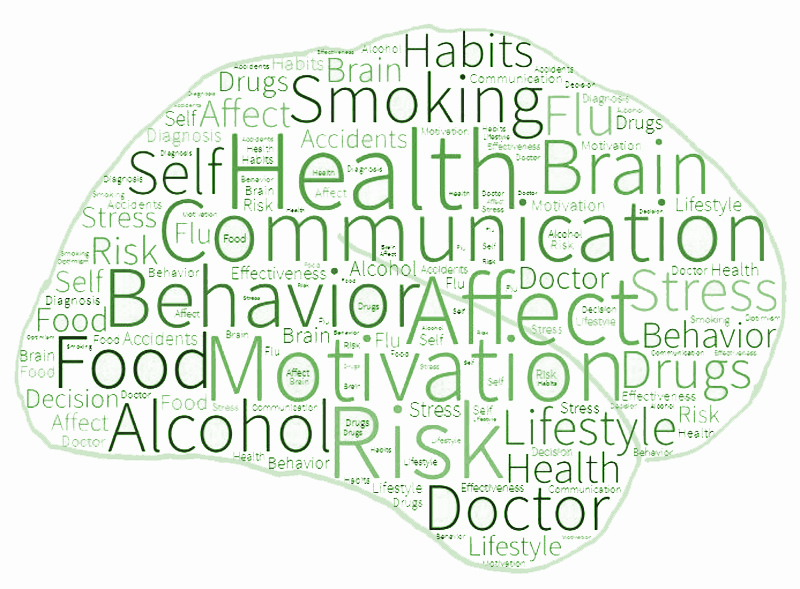The brain is the biological organ of communication - it acts as both sender and receiver of messages. When messages arrive at our senses, they are converted into neural signals and further processed along a hierarchy that ranges from sensation to cognition, motivation and emotion. When a message touches you deep inside - whether from a partner or from the media - it can spur action and create a lasting memories. Our goal is to understand the biological underpinnings of these effects.

Currently, most of our work focuses on two main topics: 1) Media Neuroscience and Mass Communication and 2) Neuroimaging of Health and Risk Communication
Media Neuroscience and Mass Communication
Media can strongly affect you. They bind your attention, elicit emotional responses, and leave durable traces in your memory. Our goal is to understand how these micro-level effects of media on neurocognitive processes relate to classical media effects. In our studies we compare brain activity in response to media messages to reveal both similarities and differences in how media are processed. A characteristic feature of mass media, such as television, film, radio, and literature is that the messages are basically the same for everyone: The film you see is the same film as the one your friend sees, and thus the information that arrives at your eyes and ears is essentially the same. But will your brains respond in the same way as hers or his?

The video above illustrates the audience-wide brain response to a health prevention message from a German health campaign on risky drinking (the BzGA is roughly the equivalent of the CDC). What you can see is that the message evokes similar spatio-temporal brain activity patterns (the left and right brain represent group averages of fMRI activity from ca. 10 viewers). Our results suggest that this approach can be used to derive markers of communication success. In other words, if the message had not been received by the brains of individual audience members, then they would not exhibit these similar spatiotemporal responses and instead idle along at their own pace. However, the fact that the message aligns the brains of multiple recipients in a similar fashion demonstrates that it must have arrived in their brains. Our goal is to connect these shared audience responses to campaign success at larger scales.
Neuroimaging of Health and Risk Communication
Communicating about health risks is important because the leading causes of morbidity are preventable (e.g. smoking, malnutrition, alcohol consumption). Informing individuals about health risks and motivating them to adopt healthier lifestyles may thus prevent many diseases. Research within health communication and psychology has led to numerous insights regarding effective health and risk communication. A cognitive neuroscience perspective offers several advantages to complement these approaches. In particular, neurocognitive measures open up a new window on how health risk messages engage brain regions that are essential for motivational, emotional, and self-relevant processing.
